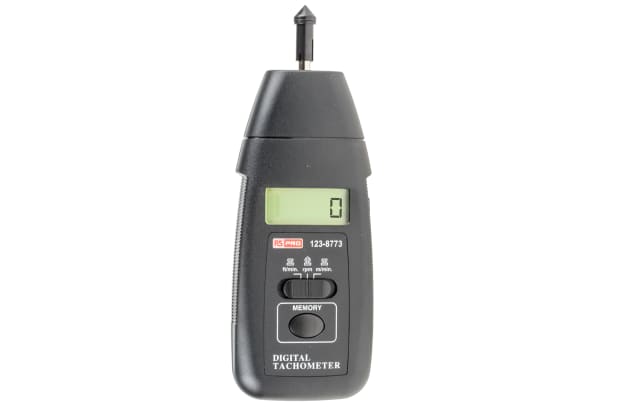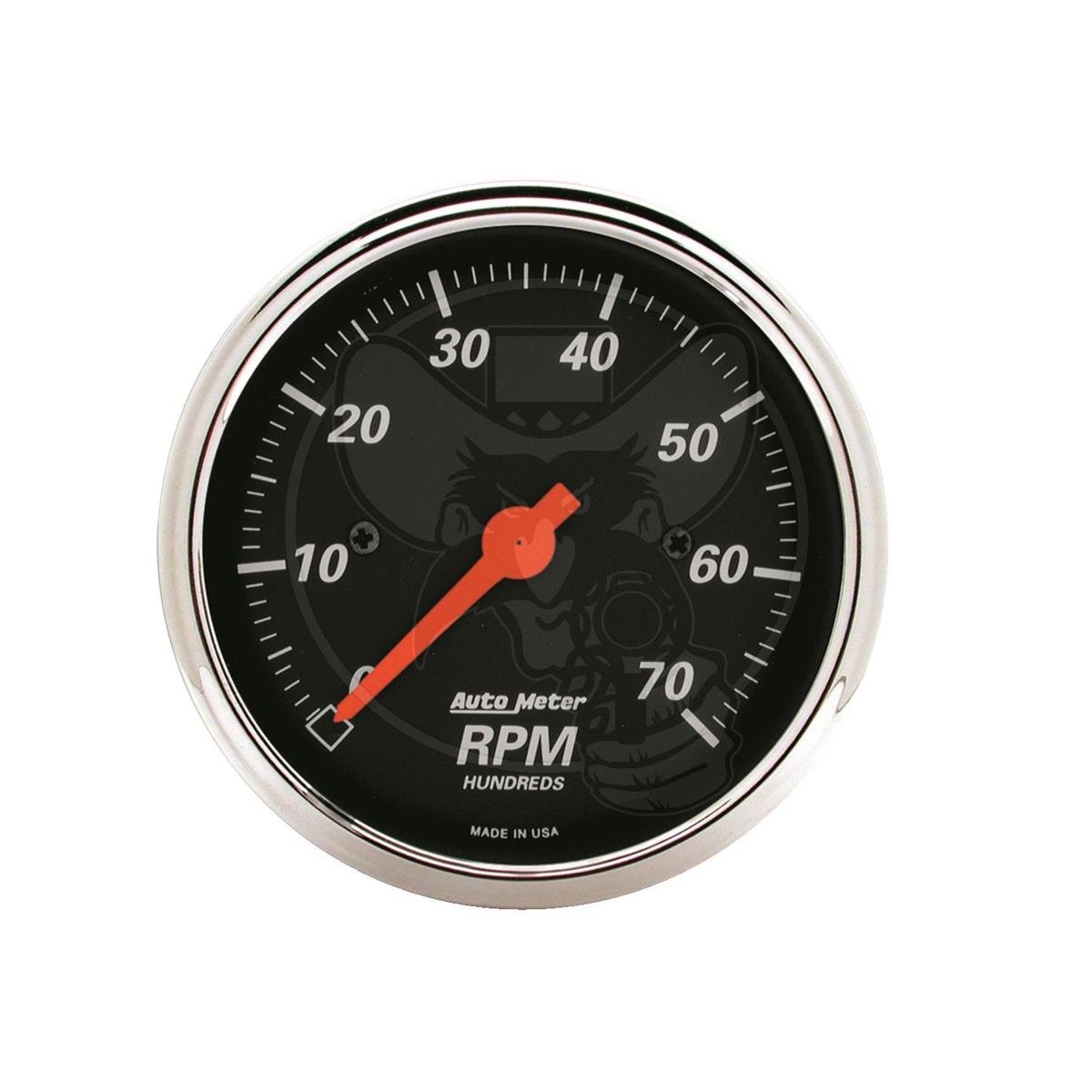The Value of a Tachometer in Monitoring Engine Speed and Performance in Automotive Applications
In the world of vehicle design, the tachometer stands as a crucial instrument in the motorist's toolbox, providing a straight home window into the inner workings of a vehicle's engine. Past its function as a mere scale of revolutions per minute (RPM), the tachometer serves as an important tool for lovers and specialists alike, using real-time insights into engine performance and wellness.
Relevance of Keeping An Eye On Engine RPM
Checking engine RPM, or transformations per minute, is an essential aspect of vehicle upkeep and performance examination. Engine RPM directly correlates with the rate at which the engine's crankshaft turns, suggesting how rapidly the engine is running.
Additionally, keeping track of engine RPM is necessary for efficiency examination in racing and high-performance lorries. In summary, checking engine RPM is not just essential for spotting problems but also for maximizing engine efficiency in various automotive applications.

Benefits of Real-Time Data
In automotive applications, real-time data plays an essential role in providing immediate understandings into the performance and problem of the vehicle. By continually checking numerous criteria such as engine rate, temperature level, gas usage, and much more, real-time information supplies numerous advantages that add to boosted efficiency and safety and security when driving.
Furthermore, real-time data assists in performance optimization by giving instant responses on driving habits and engine effectiveness. Vehicle drivers can readjust their behavior in real-time based on this info to accomplish much better fuel economic situation and lengthen the life-span of their vehicle.

Additionally, real-time data plays an essential duty in modern-day vehicle diagnostics, enabling specialists to quickly diagnose and attend to malfunctions. This leads to lowered downtime, lower upkeep expenses, and ultimately, boosted total vehicle reliability and long life (tachometer). By taking advantage of the power of real-time information, automotive stakeholders can make enlightened choices that favorably impact both the efficiency and long life of the lorry
Influence On Gear Shifts
The tachometer plays an important role in enhancing gear changes by giving real-time engine speed data to the driver. When approaching the redline on the tachometer, it signals the driver to upshift to avoid over-revving the engine and causing potential damages.
Furthermore, the tachometer aids in attaining smoother gear transitions, particularly in hand-operated transmissions. By monitoring engine speed, drivers can perform equipment shifts at the optimal RPM range, decreasing jerking activities and decreasing wear on the transmission elements. This accuracy on duty adjustments not only enhances driving convenience however likewise adds to sustain efficiency.
Enhancing Gas Performance
Provided the important duty the tachometer plays in optimizing gear changes for performance and engine wellness, it directly adds to optimizing fuel performance in automotive applications. By offering real-time responses on engine rate, the tachometer helps vehicle drivers in preserving one of the most effective RPM range for gas economic situation. When chauffeurs consistently monitor the tachometer and adjust their motoring habits as necessary, they can avoid unnecessary fuel consumption brought on by over-revving or hauling the engine.
In addition, the tachometer aids drivers recognize the most fuel-efficient gear to be in at any given moment, protecting against the engine from working harder than needed. In verdict, the tachometer offers as an important device in improving fuel performance by promoting ideal driving habits and identifying locations for improvement in the automobile's efficiency.

Making Best Use Of Engine Longevity
The tachometer's duty in keeping track of engine speed and performance contributes see in making certain the longevity of vehicle engines. By utilizing the tachometer successfully, chauffeurs can maximize engine durability through conscious RPM management. Consistently revving an engine try this site too expensive can lead to too much wear and tear on critical parts, such as the pistons, valves, and bearings. With time, this can result in lowered engine performance and prospective malfunctions. Checking the tachometer allows vehicle drivers to stay within the recommended RPM variety for their vehicle, preventing unnecessary strain on the engine and extending its lifespan.

Final Thought
To conclude, the tachometer plays an important function in keeping an eye on engine speed and performance in automobile applications. By giving real-time data on RPM, it allows for effective equipment changes, boosted fuel efficiency, and maximized engine durability. This tool is necessary for preserving optimal engine efficiency and making sure the general capability of a lorry.